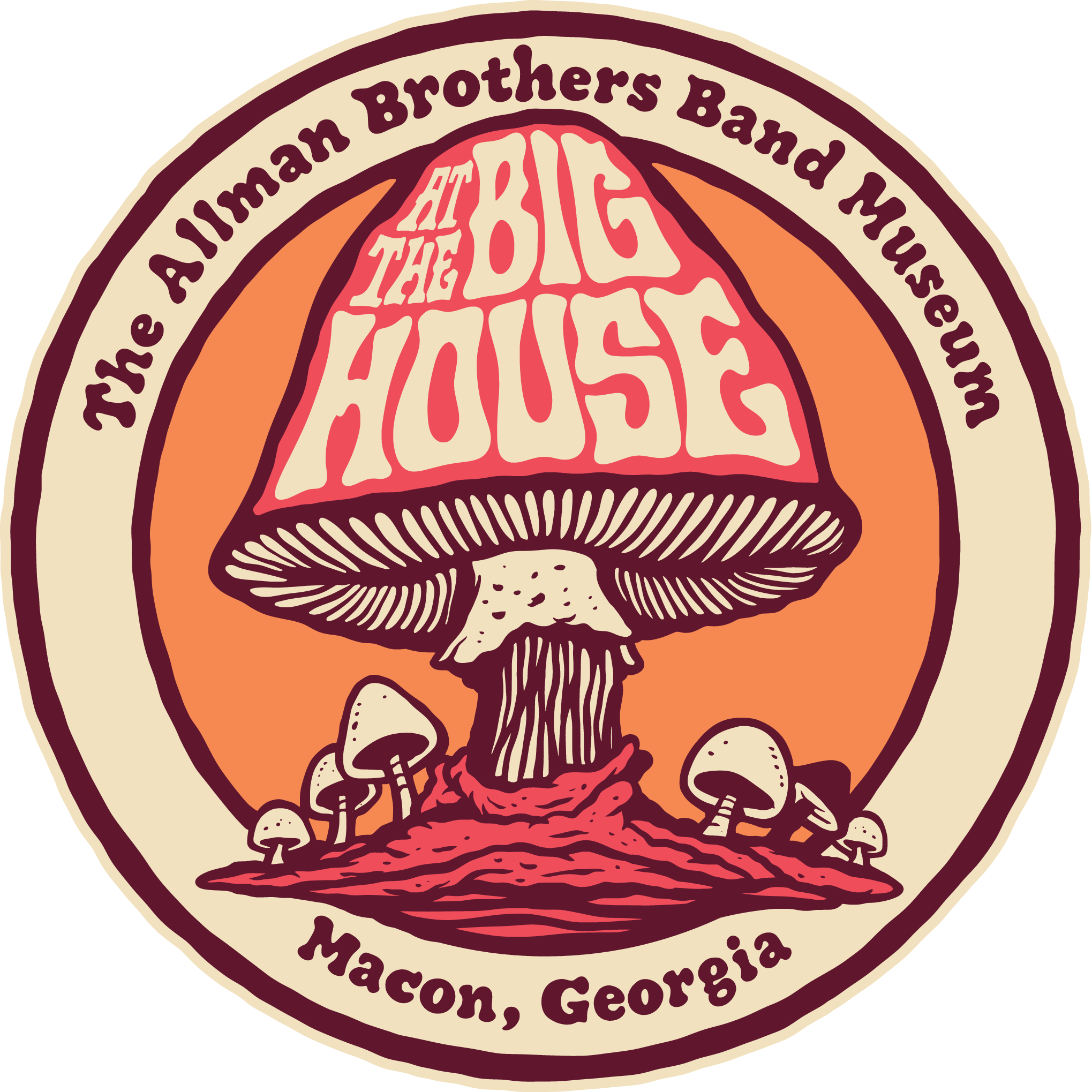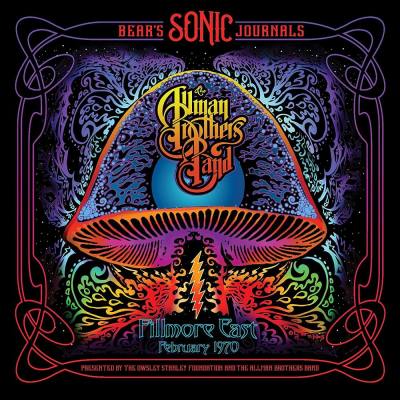The Allman Brothers Band at Fillmore East – in 1970
ARTICLE BY JIM HYNES, MAKINGASCENE.ORG
It’s nearly impossible to resist one more chance to hear the Allman Brothers with their original lineup, featuring Duane Allman. The question many would have though, given the track selections, is what’s new here? Haven’t we heard most of this material on Live at the Fillmore East or Eat a Peach? That answer is yes but the revelation here is how the listener hears it. For one, this recording accents the drumming and percussion of Butch Trucks and Jaimoe like no other. The clarity makes it seem like you’re sitting right in front of the traps. Most other ABB recordings focus on the guitars of Duane and Dickey Betts, but on this one they are in middle of the mix. The performances feature the earliest known live concert recording of Dickey Betts’ instrumental number “In Memory of Elizabeth Reed.” Keep in mind also, that this recording is a full year ahead of the legendary Live at the Fillmore East, so the playing and the arrangements are both a little rougher around the edges. They had only been together for 11 months.. None of those issues though, detract from the band’s inherent power. Even in this early incarnation, it’s easy to see why ABB became one of the greatest live bands.
Bear’s Sonic Journals are what the Grateful Dead’s sound man, Owsley Stanley (“The Bear”), called his “diary,” capturing the shows he mixed for the Grateful Dead and many other bands in ‘60s and ‘70s. Those of you that remember the Dead shows from ‘70s and ‘80s recall how clear the sound was and many would echo, “they have their own sound man.” It’s no mystery then that The Bear s known for the purity of his Sonic Journals. “I had no prior experience with mixing their music, so I hope you don’t mind the rough edges in my mixes here,” wrote Bear in the original liner notes for this collection. “There was a wonderful feeling at these concerts that made the shows a lot of fun for us all…I had a good time working at these shows, and I hope you will have a good time listening to this historic early Allman Brothers Band.”
The liner notes also include ABB authority and Hittin’ The Note magazine editor John Lynskey who aptly describes the Allman Brothers Band’s music as a “wicked blend of rock, jazz and R&B that created a dynamic, groundbreaking sound.” In addition to the opener “In Memory of Elizabeth Reed” this seven-song set includes their unique interpretations on blues covers that became staples in their live shows (“Hoochie Coochie Man,” “Statesboro Blues,” “Trouble No More”), the extended soloing and interplay in Donovan’s “Mountain Jam,” and an early, shorter version of Gregg Allman’s “Whipping Post.” So, the only tune not present on their other major albums is the slow blues they introduce as “Ray Charles did this tune” – “The Outskirts of Town.” The natural feel that ABB had for the blues is astounding, given their youth.
Besides the music, ABB historians will delve into the 10 page booklet, 7 pages of which are rich with copy. In fact, the last passage from the Foundation’s Executive Producer, “A Tale of Three Young Elizabeths” will certainly whet your appetite, as he describes “In Memory of Elizabeth Reed.’’ Following three paragraphs of metaphors and symbolic prose, he writes, “Much has been written about this epic piece – abut the name on a gravesite in Macon, GA, not far from where Duane, Berry, And Gregg now rest, about the unnamed woman whose charms proves so inspirational; and about the song itself, with its exotic Latin blood, jazzy depth, and solid grounding in R&B.
When Dickey Betts wrote the song shortly before these shows, the band was listening to a lot of Miles Davis, especially Kind of Blue, and the parallels with “So What,” “All Blues,” and “Blue in Green” are remarkable. The harmonizes guitar melodies from Duane and Dickey justifiably compare to the harmonics of Miles and Coltrane when they state a theme. We also hear the feverish Coltranesque soloing as the tune peaks. But when we compare “Elizabeth Reed” and Kind of Blue (which we encourage you to try), the bass players Berry Oakley and Paul Chambers, emerge as the unsung heroes of these 20th -century masterpieces. The brilliance of each ensemble is undeniable and talented soloists will always steal the show (especially if they happen to be geniuses), but isn’t it the powerful counterpoint of the bass against the soaring harmonizes leads that fills your soul?
There is much to celebrate and fill your soul in this release – Bear again captured sonic lightning – but these three young Elizabeths tell a striking and powerful tale of their own about the early development of a defining anthem and the parallel journey of a young and brilliant band finding its way in the world. We hope you’ll listen to the Elizabeths side-by-side as we did and hear what each has to say.
This live performance lacks some of the fluidity of their other live albums but none of the fire. Even though you’ve heard the Allmans countless times, you’ve never heard them like this.
TO PURCHASE THIS ALBUM, VISIT OUR GIFT SHOP!
https://www.makingascene.org/the-allman-brothers-band-fillmore-east-february-1970/

